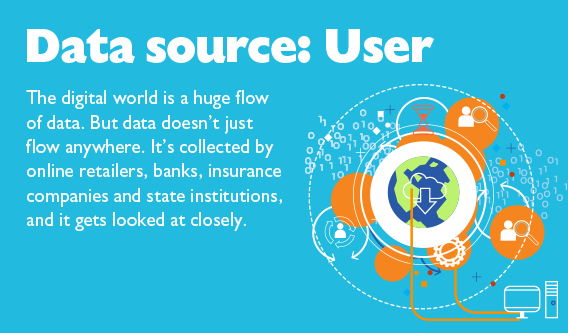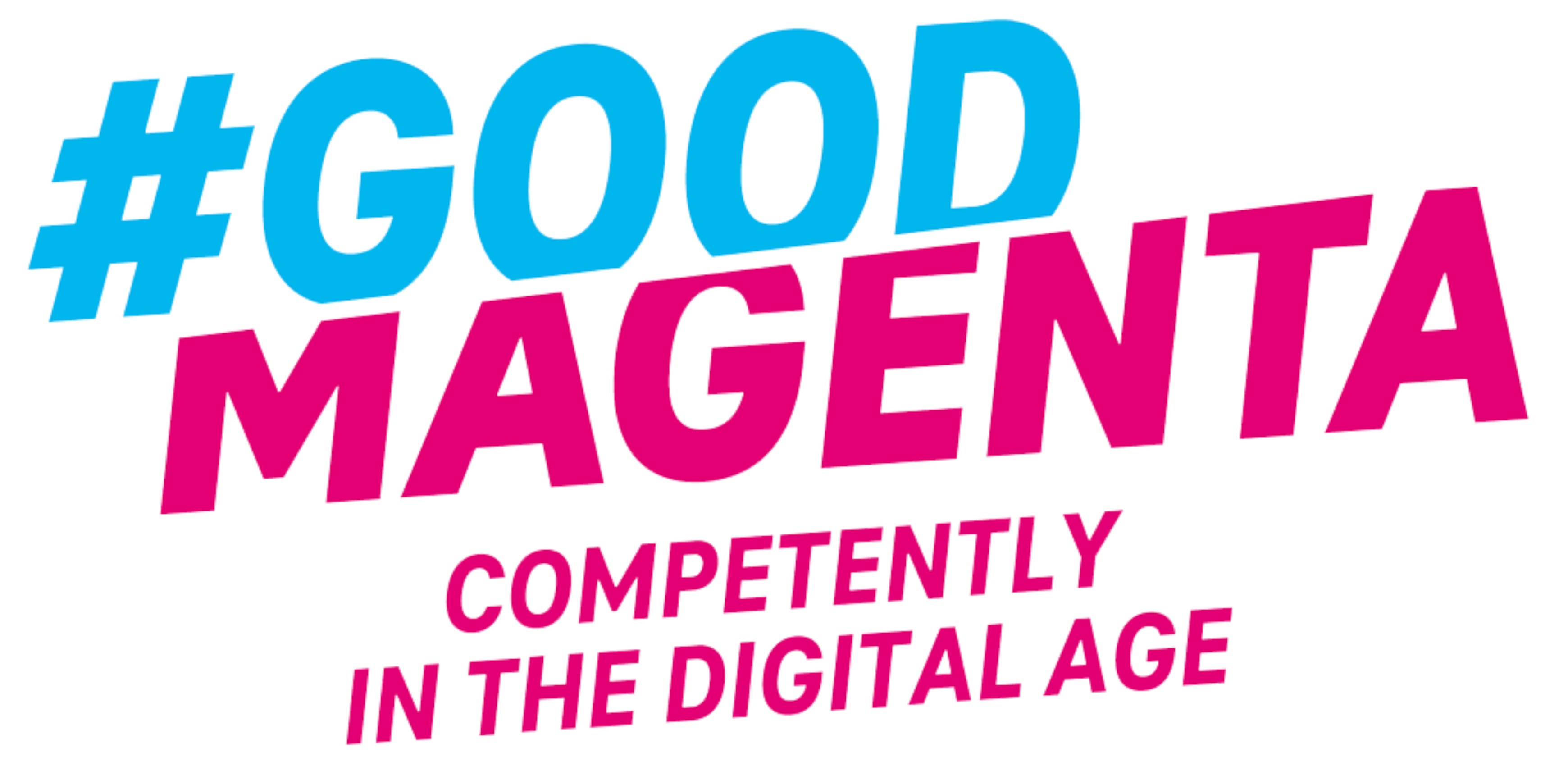
The large amounts of data are taken from, for example, all user data tied to a specific app or online game, the location data of customers of a mobile phone provider, mobile fitness trackers, social networks, streaming services, public directories, loyalty points systems of supermarkets, shopping history, an online retailer or mobile sensor data and networked (household) appliances.
In short: Almost every action of every user in the digital space is associated with the collection of data. And as that happens around the clock, a huge amount of data comes together in no time.
Depending on the aims, data is sometimes brought together from many sources and analyzed to get new information. The mass of data can, for example, be used to do extensive studies about people’s opinions, arrive at new research findings in medicine, or predict purchasing behavior. The results of Big Data analyses are interesting for companies that make things or provide a service, as well as banks, insurance companies, employers, scientists, and even investigative authorities. It can help all these groups do their work.
Big Data can become a “money machine” – namely, when economic interests are what lie behind the collection of personal data. This data then gets bought by companies, like any other good. At this point, users no longer have control over who gets the data and what happens with it. Data protection should be in place to prevent such misuse. But there are still many challenges posed to it by Big Data:
Internet users can hardly escape data collection. With knowledge and skills, however, they can learn to handle their data in a self-determined and confident way and control what information they disclose online. Children and young people in particular should be educated about this topic at an early stage.
 The various sections of this dossier provide a descriptive overview as well as practical assistance in the everyday use of digital media.
Background
The various sections of this dossier provide a descriptive overview as well as practical assistance in the everyday use of digital media.
Background
 The infographic “Data Source: User” offers an easily understandable overview of where data in the digital world comes from and how it’s collected.
Infographic: Data source
The infographic “Data Source: User” offers an easily understandable overview of where data in the digital world comes from and how it’s collected.
Infographic: Data source

